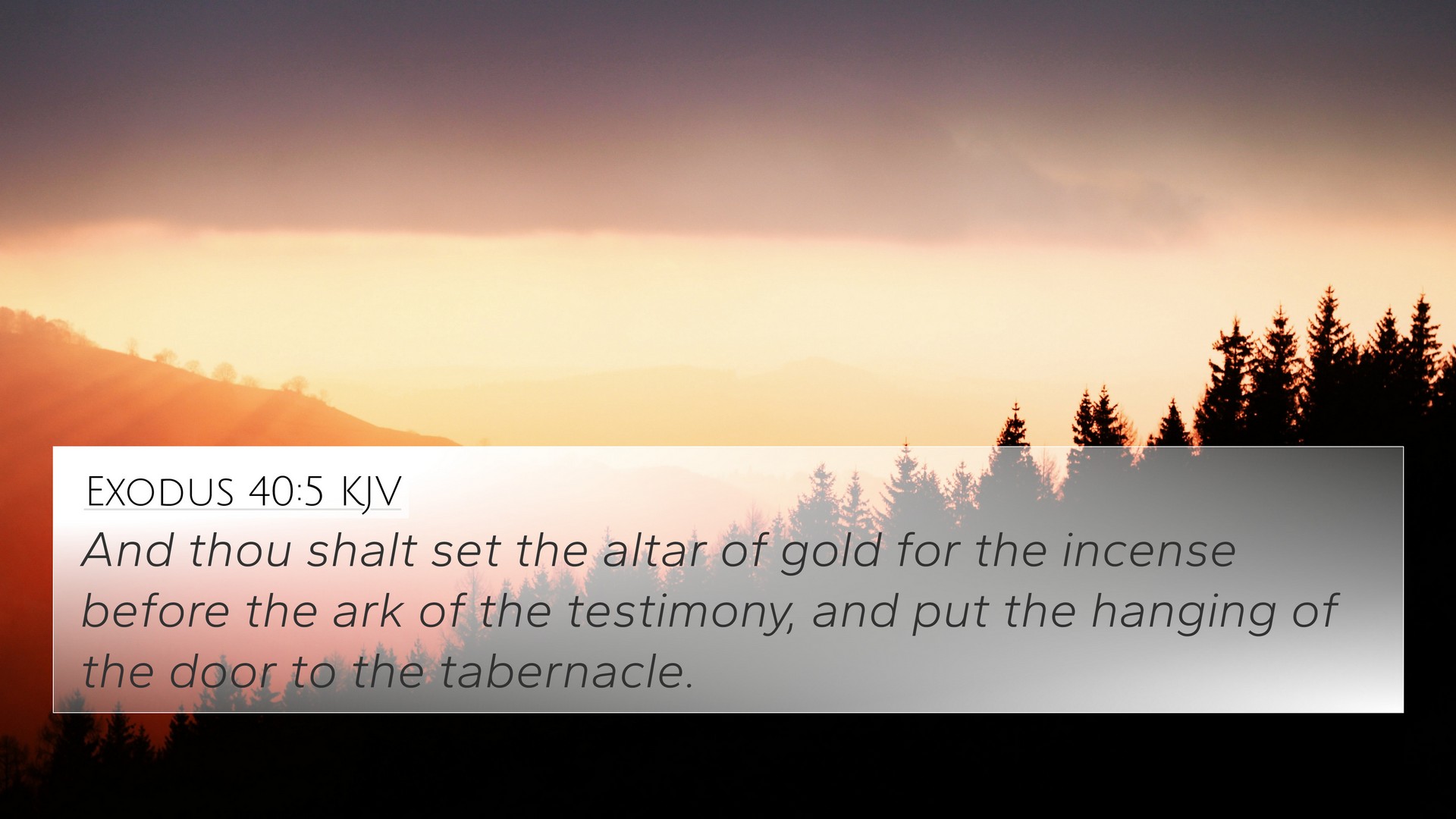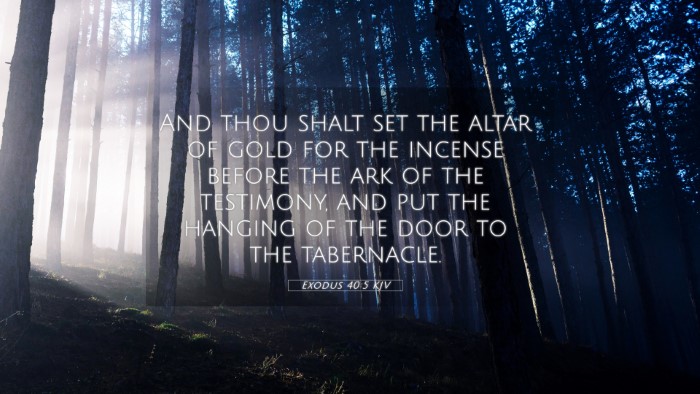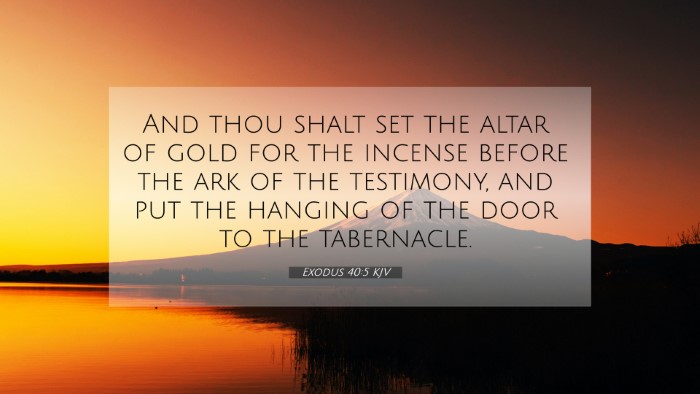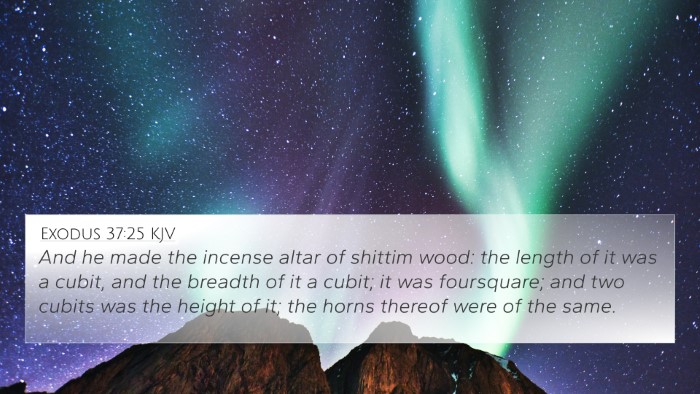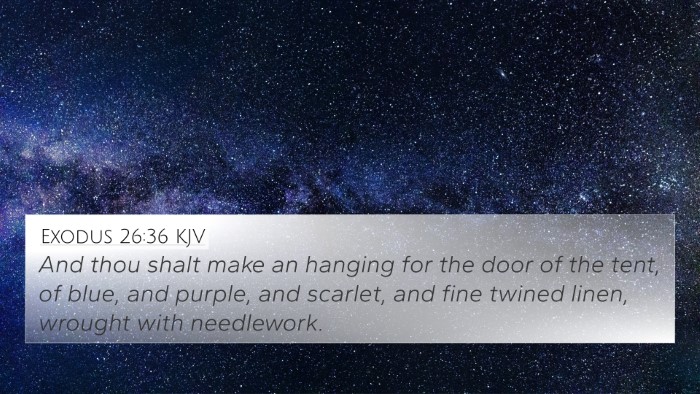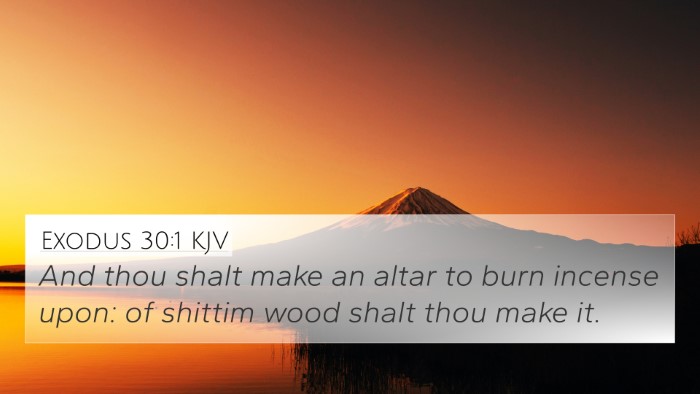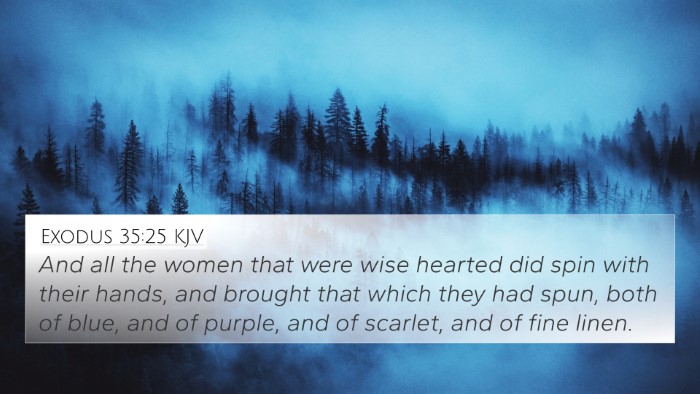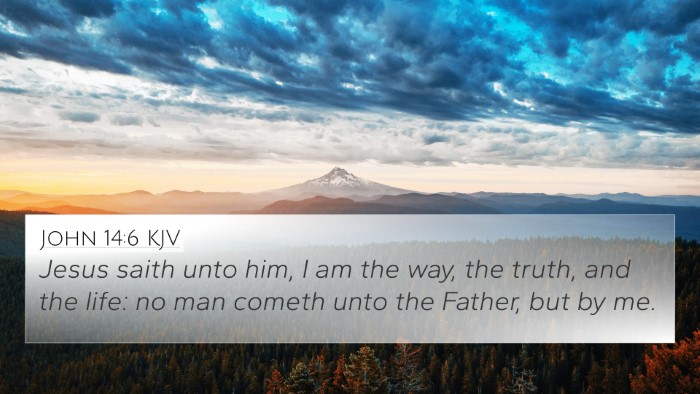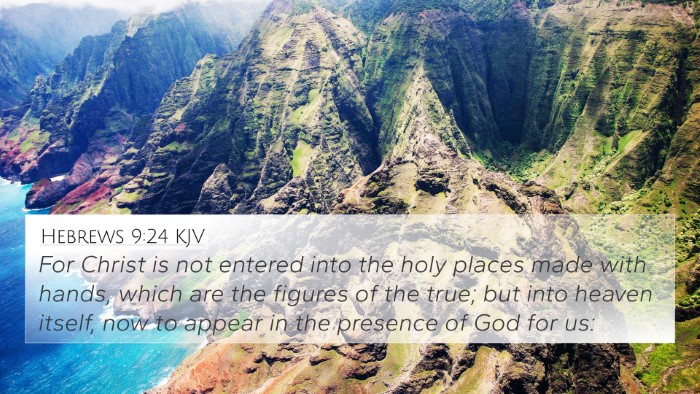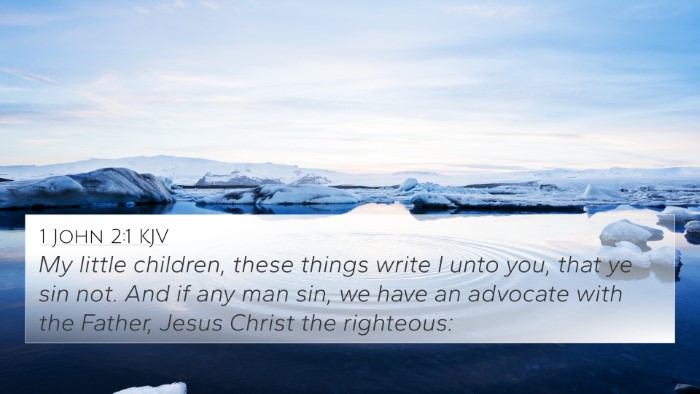Understanding Exodus 40:5
Exodus 40:5: “And thou shalt set the altar of gold for the incense before the ark of the testimony, and put the hanging of the door to the tabernacle.”
Summary of Biblical Meaning
Exodus 40:5 signifies the culmination of the detailed instructions given for the construction and arrangement of the Tabernacle. This verse emphasizes the importance of setting the altar of incense before the Ark of the Covenant, symbolizing the presence of God and the necessity of worship and prayer in approaching Him.
Insights from Public Domain Commentaries
Matthew Henry: Henry notes that the altar of incense holds a significant role in the worship of Israel. Positioned before the Ark, it serves as a reminder of the prayerful approach to God. The specifics of placement denote the importance of order and reverence in worship practices, illustrating that worship must be conducted with care and intentionality.
Albert Barnes: Barnes elaborates on the symbolism of incense, which represents the prayers of the people. The meticulous directions for the location and construction of the altar reflect God's desire for a relationship with His people, where prayer and incense are intertwined, indicating devotion and worship. Every aspect of the Tabernacle was designed to facilitate an encounter with the divine.
Adam Clarke: Clarke emphasizes the typological interpretation of this verse, suggesting that the altar of incense prefigures Christ’s intercession for humanity. The glory of the Lord, which filled the Tabernacle, signifies God’s presence among His people, underscoring the sacredness of worship and the necessity of coming before Him with offerings of prayer.
Cross-References and Connections
- Hebrews 9:4: Discusses the items found in the Holy of Holies, including the golden altar of incense, drawing a parallel with the rituals established in the Old Testament.
- Revelation 8:3-4: Describes an angel offering incense with the prayers of the saints before God, emphasizing the ongoing relevance of incense as a symbol of prayer.
- Leviticus 16:12-13: Details the use of incense in the Day of Atonement, connecting the concept of atonement with the altar’s function.
- Psalm 141:2: Speaks of prayers ascending like incense, reinforcing the connection between incense and the supplications of believers.
- Exodus 30:1-10: Provides earlier instructions on the construction and use of the altar of incense, forming a foundational understanding of its role in worship.
- 1 Chronicles 6:49: Mentions the duties of the sons of Aaron regarding the offerings on the altar, further linking to worship practices.
- Luke 1:9-11: Relates to Zechariah offering incense in the temple, illustrating the continuation of this practice in later worship settings and its significance.
- John 14:13-14: Encourages believers to pray in Jesus’ name, paralleling the offering of prayers before God as seen in the altar of incense.
- Acts 10:4: Peter’s vision highlights the role of prayer as an offering before God, drawing connections between worship in the New Testament and the altar of incense.
- Philippians 4:18: Paul refers to gifts given to him as a fragrant offering, suggesting a continuation of the theme of offerings pleasing to God.
Thematic Bible Verse Connections
The altar of incense serves as a compelling theological motif throughout both the Old and New Testaments:
- Connection to Prayer: The altar directly symbolizes the importance of prayer in approaching God. The connection between Exodus 40:5 and Psalm 141:2 showcases how essential prayer is as a practice of worship.
- Role of Rituals: The elaborate rituals surrounding the Tabernacle and the use of the altar signify God’s design for structured worship, a theme that pervades both the Old and New Testament practices.
- Jesus as Intercessor: The symbolism of the altar points towards Christ's role as the intercessor for humanity, aligning with New Testament understandings of His mediatory role.
- Prominence of God's Presence: God's glory filling the Tabernacle represents His presence, which is a consistent theme throughout scripture from Exodus through Revelation.
Conclusion
Exodus 40:5 encapsulates critical themes of worship, prayer, and divine presence. Through the lens of various commentaries, it is evident that understanding this verse requires a multifaceted approach, considering both its historical context and theological significance. Engaging in comparative Bible verse analysis and cross-referencing biblical texts enhances our comprehension of how individual verses connect with broader themes in scripture.
